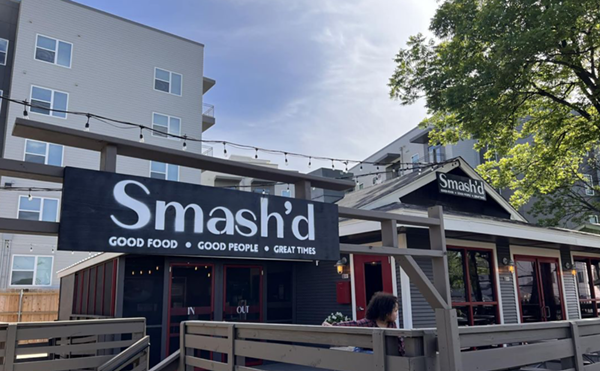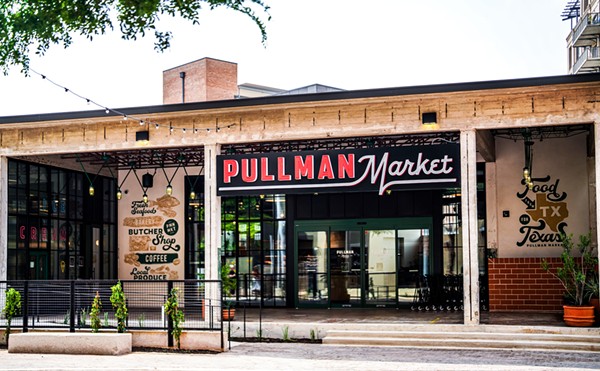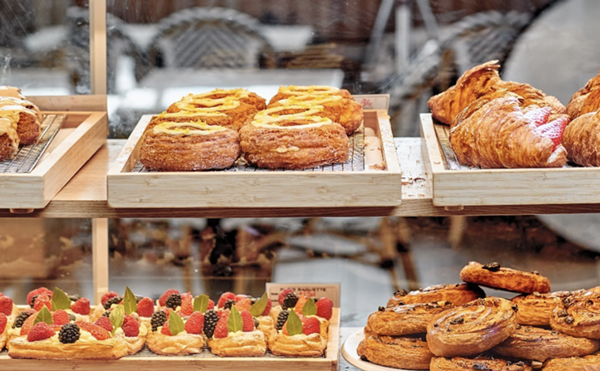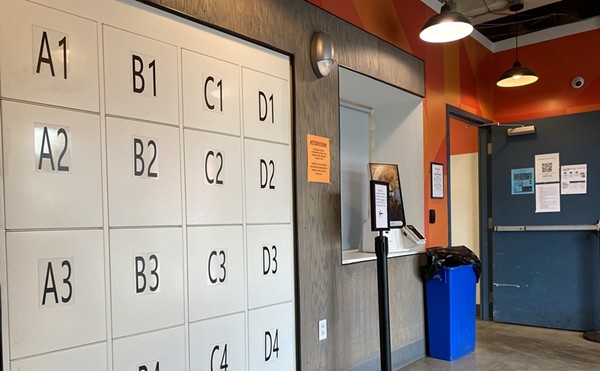The wannabe wine wonk with a budding Bordeaux bias might do well to quit his or her job now and start drinking. Just kidding, but Bordeaux is the world's biggest wine-producing region - turning out more than 700,000 bottles in a good year - and it is also one of the world's most complex. There are multiple sub-regions, including Pomerol and St.-Emilion, each may have a classifying system all its own, and quality can range from innocuous to ethereal. Come to think of it, you will almost certainly have to keep that job, since Bordeaux wines can be among the world's most expensive at the sublime and super-sublime levels.
As much as Value Vino might aspire to the sublime, money and modesty forbid. We thus decided to see what we could get at the respectable bottom of the barrel - but a barrel with good staves, that of Les Domaines Barons de Rothschild (Lafite). The Reserve Spéciale 2005 Bordeaux blanc, in both its widely distributed form and one bottled for Whole Foods, was the first target. Yes, we know mavens of Médoc and other highly-ranked regions and communes believe that only red wine need apply, but they might do well to unbend a bit .
At cellar temperature (my wine refrigerator is set to somewhere in the mid-50s), the Reserve Spéciale opened with a closed nose hinting at a little green apple and white flowers. There was a little citrus at the start, too, and as the wine warmed in the glass, more tropical and floral notes emerged. This was not a great wine, nor was it bred to be, but at its level it satisfied, suggesting fried, rather than raw, oysters.
The Whole Foods bottling ($10.99), labeled DBR Barons de Rothschild Collection, I suspect to be similar in composition (sauvignon blanc, semillon, and muscadelle), but it seemed to behave differently. At 55 degrees it offered juicy, light lemon aromas and faint green apple on the palate (semillon dominating). Instead of letting this one warm, I decided to chill it down in the regular refrigerator, and it emerged with a much crisper profile and a dominant edge of citrus (the supremacy of sauvignon blanc). Moral: These wines are chameleons and very temperature-dependent.
The two Rothschild reds couldn't be compared for two reasons: the Whole Foods model was a 2003 (hot year), the Spéciale a 2004 (much cooler), and the '03 was just corked enough to kill most of the fruit. As for the '04 straight off the kitchen counter, it flaunted woodsy aromas and a big jampot of ripe raspberry - even strawberry. Quelle surprise. I immediately stuck it in the refrigerator and waited about 20 minutes. Result: less ripe berry and more earth and cedar - not necessarily better but decidedly different. Pouring this wine through an aerating stopper, the equivalent of mouth-to-mouth, didn't help; in fact, it flattened the wine out.
Grapes for these Rothschild wines, labeled Bordeaux, can come from anywhere in the region, but are sourced mostly from Entre-Deux-Mers (a large area between the Dordogne and Garonne rivers) and the somewhat vague Côtes de Bordeaux. Only white wines can be labeled Entre-Deux-Mers, however, and such is the case with the 2005 Château Bonnet Entre-Deux-Mers Bordeaux ($9.99 at Saglimbeni, $11.99 at Whole Foods), imported by André Lurton. This wine, I'm told, is a favorite house pour of Master of Wine (and prolific author) Clive Coates, and I can see why. At refrigerator temperature, it's crisp, clean, lemony, and flinty (the 50 percent sauvignon blanc talking), and as it warms it gains a softer, more herbal-floral character (the semillon and muscadelle) without losing its acid. Lovely at all temperatures.
Château Bonnet's current Bordeaux red ($13.49 and up) is a 2004 vintage, and it opened, gradually, with blackberry, cassis, and black plum with a firm, acidic backbone. Putting a little more chill on it resulted in a slightly more restrained wine with elegant overtones - not powerful but with great bones. Nevertheless, the whites - in the oenophile version of sexism - showed better for drinking now, despite being priced lower. (Yes, I know the reds spend more time in the barrel and bottle before release.) Thus, my suggestion is this: Don't ignore the basic whites, and start saving for the next, or Cru Bourgeois, level of reds. At least that's what I'm going to do.
















